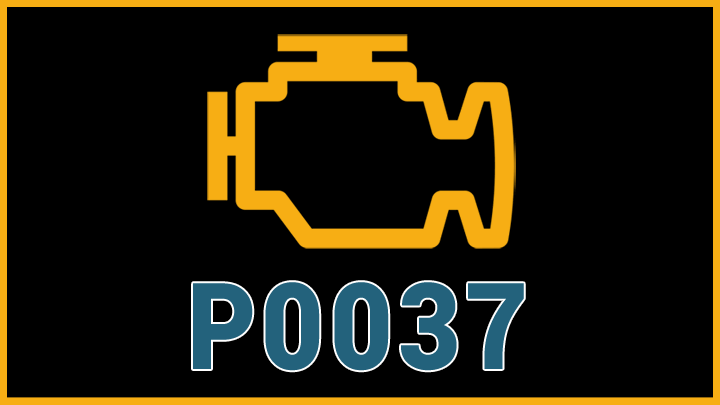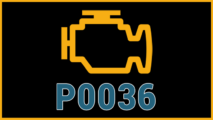Last Updated on December 5, 2022
In the world of the modern automobile, matters have gotten far more technical in nature than one could have imagined only decades prior. Vehicles now come equipped with a host of special components, designed to increase combustion efficiency, and reduce noxious exhaust output.
The bulk of these components provide feedback of one sort or another, which is monitored by an engine’s management software.
One such component, which provides instantaneous feedback regarding engine efficiency, is the oxygen sensor. Most modern vehicles feature a total of 4 oxygen sensors, which perform slightly different functions from another.
Unfortunately, even sensors of this nature do experience the occasional issue, often logging a diagnostic fault code in the process.
For example, consider diagnostic fault code P0037, which indicates a perceived issue with an oxygen sensor’s heater control circuit. This presents ample cause for concern, as the average motorist is left to ponder the extent of the issue at hand.
Read on to learn more about DTC P0037, as well as how to remedy such issues, should they occur in the future.
What Does Code P0037 Mean?
Diagnostic trouble code P0037 indicates that a vehicle’s O2 sensor heater circuit is malfunctioning. More specifically, this code identifies the bank #1, cylinder #2 O2 sensor heater as the particular point of issue. However, to better understand this issue, one must first familiarize themselves with O2 sensor operation.
All modern vehicles feature a network of oxygen sensors, which identify lean/rich conditions within their exhaust. Many vehicles feature a total of 4 oxygen sensors, two of which are located before a vehicle’s catalyst, and two after.
Additionally, most O2 sensors now feature internal heating elements, which provide rapid heating of the O2 sensor itself. This brings the sensor in question up to operating temperature, at which point it can provide accurate feedback.
This feedback is extremely valuable, as it allows an engine’s management software to make a number of vital calculations. Of these calculations, few are as important as those pertaining to fuel delivery.
Without accurate O2 sensor feedback, a certain amount of guesswork is required on behalf of a vehicle’s ECM/PCM.
In the case of DTC P0037, a vehicle’s ECM/PCM has determined that the heating circuit related to the bank 1, sensor 2, O2 sensor is inoperable. This effectively limits this offending O2 sensor’s accuracy for the first few minutes following engine start-up.
Related: Code P0030, Code P0031, Code P0036, Code P2A00
Symptoms of Code P0037
Ironically, diagnostic trouble code P0037 is seldom accompanied by any additional symptoms; driveability-related or otherwise. This is due to the nature of the condition that triggers such a fault itself.
Since the underlying condition only manifests as an irregularity or fault within the first few seconds of engine start-up, there are seldom any secondary concerns presented.
Nonetheless, your vehicle’s check engine light will likely illuminate, signifying that an emissions-related code has been logged.
Causes of Code P0037
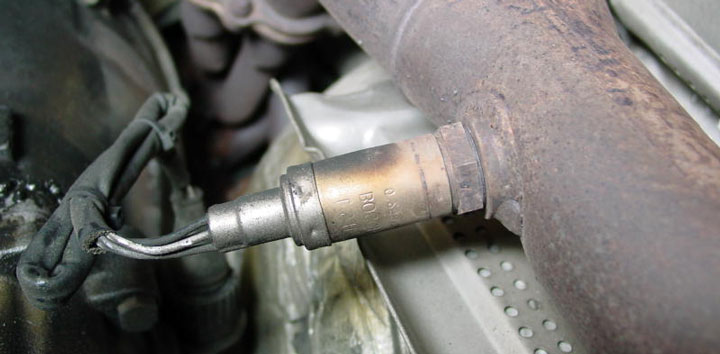
Diagnostic trouble code P0037 can be caused by a number of underlying conditions, some of which tend to be more severe than others. Understanding the potential causes of this condition can assist you in expediting the repair process itself.
The following are several potential causes of DTC P0037.
- Bank #1, Sensor #2 heater element fault
- Damaged O2 sensor
- Shorted or open circuit wiring
- Poor ground connection
- Lack of power delivery
- Inoperable heater driver programming
Is Code P0037 Serious?
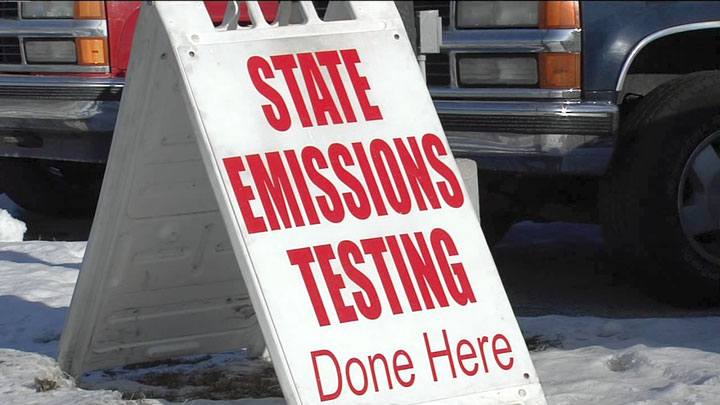
In the majority of cases, diagnostic trouble code P0037 is regarded as being less serious than many other potential faults.
Nonetheless, this does not mean that one should take such matters lightly, or completely overlook the issue at hand. Doing so might lead to ramifications of one type or another in the not so distant future.
In states or counties that require government-mandated vehicle emissions testing, an active P0037 diagnostic fault code will likely result in failure. This, in turn, wastes both time and money, leading to a wealth of frustration.
In the most severe of cases, DTC P0037 can also lead to a slight decrease in fuel economy.
In any event, one should diagnose and repair the root cause of their vehicle’s P0037 fault code at the first available opportunity. Doing so prevents additional hardship from taking place, and ensures that your vehicle is ready to go for the long-haul.
If you do not feel comfortable tackling such repairs on your own, contact a trusted automotive service center as soon as possible.
How to Fix Code P0037
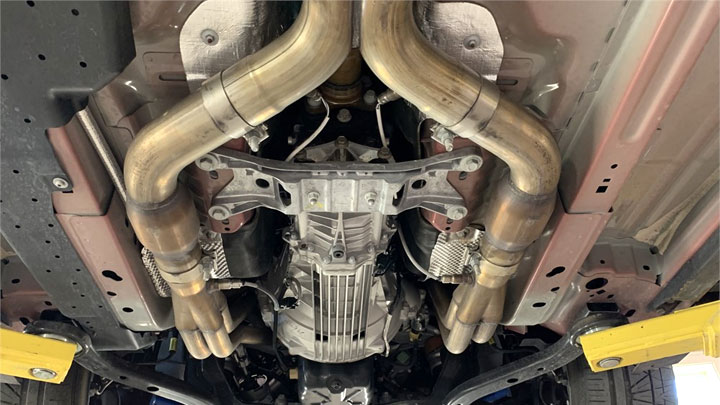
The following steps can be used to assist you in diagnosing and repairing the root cause of your vehicle’s P0037 diagnostic fault code.
As always, you are advised to consult factory-specific service literature for your particular vehicle, before attempting any such repairs.
#1 – Check For Additional DTCs
Before beginning the diagnostic process, check for the presence of additional diagnostic trouble codes. Any active codes that are present should be thoroughly diagnosed and repaired before proceeding.
#2 – Perform Visual Inspection
Begin the diagnostic process by carefully inspecting the offering O2 sensor, as well as its wiring pigtail and connector, for signs of damage. Any damage identified during this step should be repaired immediately.
The O2 sensor itself should be replaced, if damage is evident.
#3 – Check For Proper Resistance
Next, with the use of a quality multimeter, verify that your vehicle’s O2 sensor heating element has continuity, with the manufacturer-specified amount of resistance.
A lack of such readings is indicative of an open condition, likely caused by a compromised heating element.
#4 – Check For Positive/Negative Supply
You must now check to ensure that the circuit in question is receiving proper positive and ground signal delivery. This can be checked with the use of a multimeter, and model-specific wiring diagrams.
Alternatively, pin-out and power distribution charts can be of assistance. A lack of either signal indicates an open condition within the supply circuit itself. Careful visual inspection and continuity tests will be required to uncover the source of this issue.
If all wiring and fuses check out satisfactorily, a vehicle’s heating circuit driver (PCM) becomes suspect.

